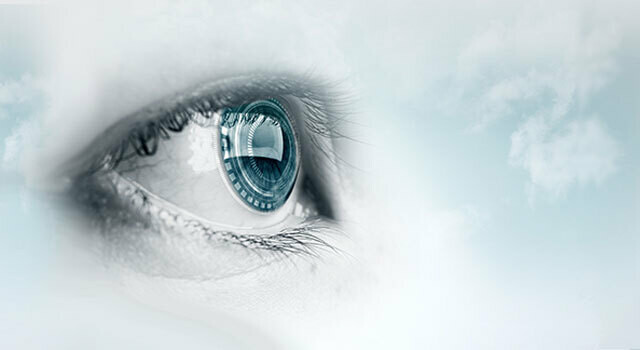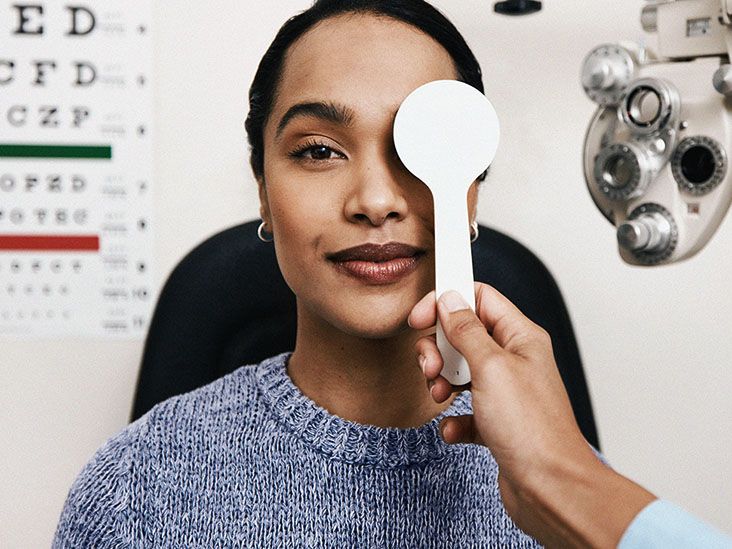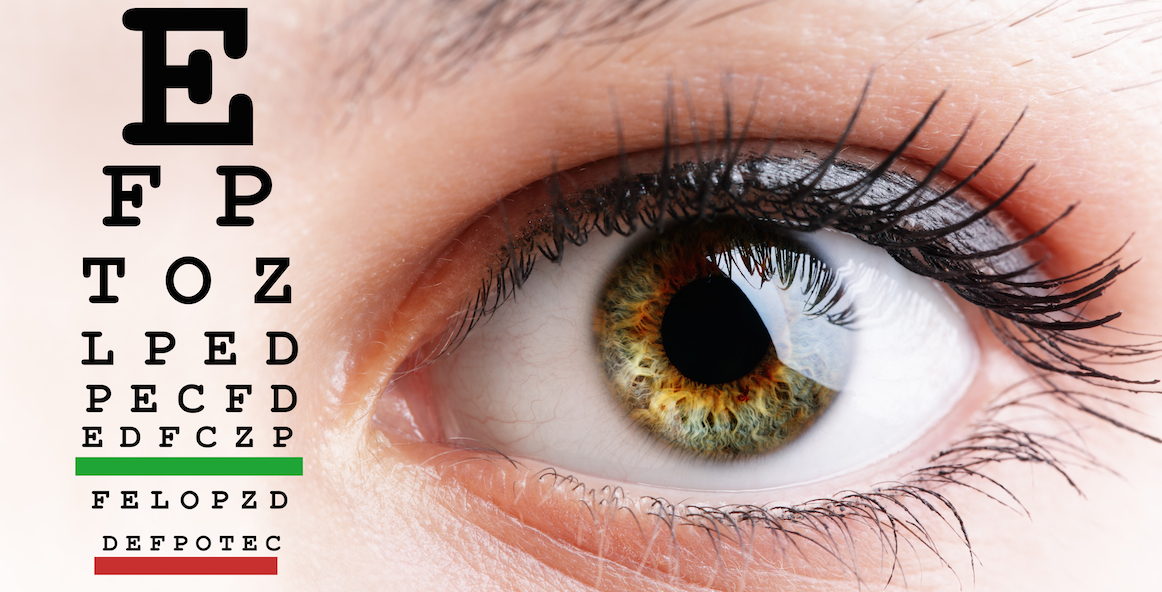Practical Glaucoma Service Near Me: Browse Through Our Experienced Clinic
Practical Glaucoma Service Near Me: Browse Through Our Experienced Clinic
Blog Article
Checking Out the State-of-the-Art Technologies Made Use Of for Treating and detecting Eye Conditions
In the realm of ophthalmology, the advancement of modern technology has significantly improved the tools offered for detecting and dealing with different eye conditions. From advanced imaging technologies that give comprehensive insights into eye structures to robotic-assisted surgeries that offer unmatched accuracy, the landscape of eye care is continuously evolving. With the combination of man-made intelligence in diagnostics, genetics therapy advancements, and virtual truth rehab, the opportunities for boosting individual outcomes are expanding at a fast rate. The convergence of these innovative technologies holds the pledge of changing the field of ophthalmology, supplying brand-new avenues for individualized and reliable therapies.

Advanced Imaging Technologies
Advanced Imaging Technologies have reinvented the area of ophthalmology by providing accurate and thorough visualization of the eye structures. Optical Coherence Tomography (OCT) sticks out as a crucial modern technology in this realm. OCT makes use of light waves to record high-resolution cross-sectional pictures of the retina, permitting for the recognition of minute structural adjustments. This non-invasive technique help in the very early discovery and monitoring of numerous eye conditions such as macular deterioration, diabetic retinopathy, and glaucoma.
Additionally, Fundus Photography is an additional vital device in ocular imaging. This strategy includes catching detailed pictures of the back of the eye, including the retina and optic disc. Fundus Digital photography helps in recording the development of eye diseases, evaluating treatment efficiency, and enlightening patients concerning their eye health.

Robotic-Assisted Procedure
Robotic-assisted procedures have substantially progressed the capabilities of ocular surgical treatment, ushering in a new period of precision and performance in treating different eye problems. By incorporating robotic technology into surgeries, eye doctors can accomplish unparalleled accuracy and control, bring about boosted individual results.
One of the key advantages of robotic-assisted surgical treatment in ophthalmology is the improved dexterity and stability it offers to cosmetic surgeons. The robotic arms can carry out exact movements with a high level of accuracy, allowing for delicate procedures with marginal invasiveness. This degree of accuracy is especially helpful in surgeries involving the retina, where also minor mistakes can have substantial effects for a client's vision.
In addition, robotic-assisted medical systems give real-time imaging and feedback to the doctor, allowing them to make informed choices throughout the treatment. This innovation improves the cosmetic surgeon's situational recognition and enables changes to be made immediately, ensuring ideal results for the person.
Expert System in Diagnostics
With the evolution of sophisticated technologies boosting medical precision in sensory procedures, the combination of Expert system in diagnostics has arised as a crucial development revolutionizing the area of eye care. Synthetic Intelligence (AI) formulas are being pop over to this web-site progressively used to examine complex data from imaging modern technologies like optical comprehensibility tomography (OCT) and fundus digital photography to aid in the very early discovery and accurate diagnosis of numerous eye problems. These AI systems can efficiently recognize patterns and abnormalities in photos that might not be noticeable to the human eye, allowing quicker medical diagnosis and therapy preparation.
AI algorithms can also predict disease development, recommend customized treatment plans, and analyze the effectiveness of interventions. By simplifying the diagnostic process, AI not only enhances the effectiveness of eye care experts yet additionally enhances individual outcomes by allowing prompt treatments. As AI proceeds to advancement, its role in diagnostics is anticipated to increase, offering brand-new opportunities for early treatment and customized therapy in the field of ophthalmology.
Gene Therapy Innovations
In the realm of sensory developments, current strides in genetics therapy advancements have actually stimulated substantial rate of interest among researchers and health care specialists alike. Genetics treatment holds tremendous assurance in transforming the therapy of numerous eye problems by targeting the underlying hereditary reasons. By presenting hereditary product into cells to make up for uncommon genetics or to give an absent genetics, gene treatment supplies an individualized strategy to addressing inherited eye conditions such as retinitis pigmentosa, Leber genetic amaurosis, and others that were formerly thought about untreatable.

As study in genetics therapy remains to breakthrough, the capacity for customized treatments for a broader array of eye problems expands, offering brand-new hope for people with genetic eye conditions.
Virtual Fact Rehabilitation
Digital reality recovery has emerged as a sophisticated approach in enhancing the healing and recovery processes for people with various aesthetic disabilities. glaucoma service near me. By replicating real-world settings Continue with immersive modern technology, digital reality supplies a distinct system for vision treatment and recovery. This innovative technique makes it possible for individuals to participate in interactive workouts and activities created to improve visual skill, depth understanding, eye control, and general aesthetic functioning
One secret advantage of online reality rehabilitation is its capability to customize therapy programs based on the specific requirements and capabilities of each person. Through real-time feedback and monitoring, health care experts can track development, change interventions, and offer individualized care to enhance end results. In addition, online reality modern technology can develop a secure and regulated area for individuals to practice visual tasks, get rid of difficulties, and construct self-confidence in a virtual setup before transitioning to real-world scenarios.
Verdict
Finally, the advancements in imaging technologies, robotic-assisted surgical procedures, expert system diagnostics, genetics therapy technologies, and virtual reality rehabilitation have considerably improved the diagnosis and treatment of eye problems. hearing service near me. These modern modern technologies have actually changed the field of ophthalmology, enabling even more efficient and exact procedures. As innovation proceeds to evolve, the future of eye care looks appealing with the possibility for much more innovative remedies to improve client end results
In the realm of ophthalmology, the evolution of modern technology has considerably improved the tools available for detecting and treating various eye problems. Fundus Photography assists in recording the development of eye illness, assessing treatment efficiency, and enlightening patients concerning their eye health.
Fabricated Knowledge (AI) formulas are being progressively utilized to assess intricate data from imaging innovations address like optical comprehensibility tomography (OCT) and fundus photography to assist in the very early discovery and exact diagnosis of various eye conditions.In final thought, the developments in imaging modern technologies, robotic-assisted surgical procedures, artificial intelligence diagnostics, gene therapy technologies, and online fact recovery have actually dramatically enhanced the medical diagnosis and therapy of eye problems. As innovation proceeds to develop, the future of eye care looks appealing with the capacity for also more cutting-edge options to enhance patient results.
Report this page